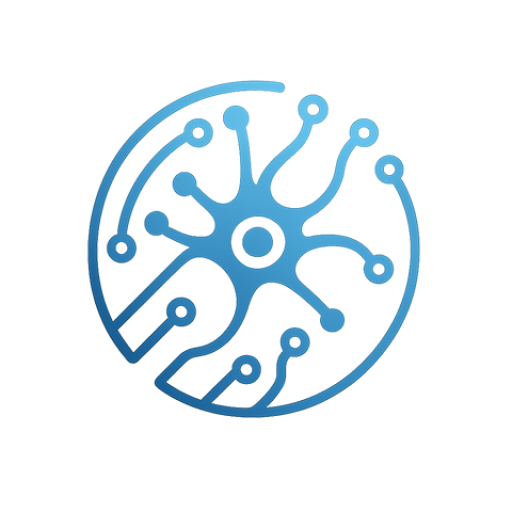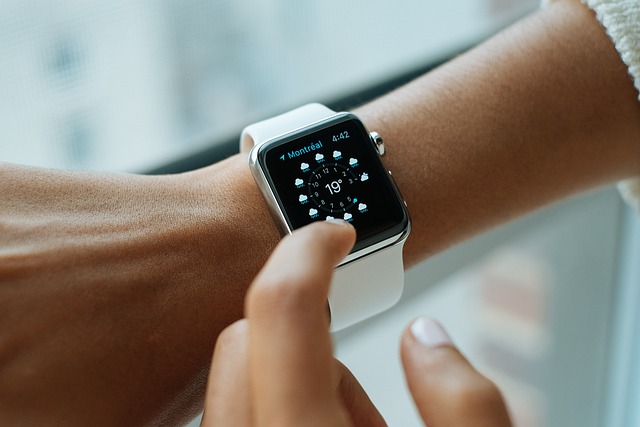In the evolving landscape of wearable technology, a new class of devices has captured the attention of athletes, trainers, and health professionals alike: smart sports glasses. These compact, lightweight spectacles combine advanced sensor arrays, real‑time data processing, and immersive displays to deliver actionable insights directly to the wearer’s line of sight. By integrating cutting‑edge biomechanics, bio‑feedback, and contextual awareness, smart sports glasses promise to elevate both performance and well‑being in ways that traditional wearables cannot.
Core Technological Innovations
At the heart of smart sports glasses lie several pivotal innovations that set them apart from conventional smartwatches or fitness trackers. The first is the incorporation of ultra‑compact inertial measurement units (IMUs) capable of capturing motion dynamics with millisecond precision. These sensors track acceleration, angular velocity, and orientation, allowing the glasses to map an athlete’s movement patterns in real time.
Second, optical sensors embedded in the lenses can detect minute physiological changes such as skin perfusion and blood flow. When paired with machine‑learning algorithms, these readings translate into accurate heart‑rate estimates and stress level indicators, all without the need for chest straps.
Third, the display technology has evolved beyond simple heads‑up displays. Micro‑LED panels or retinal‑projecting displays can overlay velocity vectors, stride counts, or even coaching prompts directly onto the athlete’s view, minimizing the need to look away from the action.
- Inertial Measurement Units (IMUs) for motion capture
- Optical physiological sensors for heart‑rate and blood flow
- Micro‑LED or retinal display for real‑time overlays
Health Monitoring Capabilities
Smart sports glasses extend their utility beyond performance metrics by offering comprehensive health monitoring. The optical sensors can detect signs of dehydration, elevated body temperature, or early indicators of overuse injuries by monitoring microvascular changes around the eye region. Because the eye is a sensitive and accessible window into systemic physiology, these glasses can provide non‑invasive, continuous assessments that complement traditional biometric wearables.
“The eye is a mirror of the body’s circulatory health,” notes Dr. Elena Kovalev, a sports medicine specialist. “By capturing subtle changes in ocular blood flow, we can anticipate fatigue before it manifests as a performance drop.”
Additionally, built‑in gyroscopes and pressure sensors enable the detection of sudden impacts or concussive forces. In team sports, such alerts can trigger immediate medical evaluation, potentially reducing long‑term neurological risks.
Performance Enhancement Features
Smart sports glasses empower athletes to refine technique through data‑driven feedback. For example, a runner can receive instant visual cues on stride length, cadence, and landing angles, allowing micro‑adjustments that accumulate into measurable time gains over a season.
In sports requiring precision vision—such as golf, tennis, or archery—the glasses can overlay optimal aiming lines, highlight target zones, or even project wind speed vectors. By removing the cognitive load of manual calculations, athletes can focus more on execution.
- Real‑time biomechanical analysis for technique refinement
- Visual overlays for precision sports
- Environmental data integration (wind, altitude, humidity)
Coaches also benefit from the same data streams. The glasses can capture performance statistics during training sessions and sync them to cloud platforms, enabling comparative analysis across teammates and competitors.
User Experience and Comfort
Comfort is paramount for any wearable intended for prolonged use. Modern smart sports glasses feature adjustable nose bridges, lightweight titanium frames, and breathable coatings that reduce moisture buildup. Many models also incorporate customizable prescription lenses, allowing athletes with vision impairments to train without compromising performance.
Battery life is another critical consideration. Recent advancements in power‑efficient micro‑LED displays and energy‑harvesting materials—such as piezoelectric generators that capture kinetic energy from motion—have extended usage to 8–10 hours on a single charge. This longevity ensures that athletes can rely on the glasses for full training sessions or competitions.
Integration with Coaching Ecosystems
Beyond individual athletes, smart sports glasses serve as valuable tools within broader coaching ecosystems. By transmitting anonymized data to secure servers, teams can aggregate insights to identify common patterns of fatigue or risk. Advanced analytics can then generate predictive models that inform training loads, recovery schedules, and injury prevention strategies.
Because the glasses communicate via short‑range protocols (Bluetooth Low Energy or proprietary RF), they can connect seamlessly to in‑field devices such as smart balls, goalposts, or sensor‑laden playing surfaces. This ecosystem creates a closed feedback loop that continually optimizes performance.
Ethical and Privacy Considerations
With the proliferation of continuous health monitoring comes heightened scrutiny over data privacy. Smart sports glasses collect sensitive physiological data that could reveal vulnerabilities or competitive advantages. Manufacturers must therefore adopt robust encryption, user‑controlled data sharing, and compliance with regulations such as GDPR or the U.S. Health Insurance Portability and Accountability Act (HIPAA) where applicable.
Another ethical dimension concerns the potential for over‑monitoring. Athletes, especially young ones, may feel compelled to push beyond safe limits if real‑time metrics are always available. Educating users on healthy thresholds and incorporating safe‑mode limits within the device firmware can mitigate such risks.
Future Directions and Market Outlook
Looking ahead, the trajectory of smart sports glasses points toward increased integration of augmented reality (AR) overlays that adapt dynamically to changing game contexts. Imagine a soccer player receiving live pass‑prediction data projected onto the field ahead, or a cyclist visualizing optimal gear ratios during a climb.
Further, the convergence of eye‑tracking technology with bio‑feedback opens avenues for mental conditioning. By monitoring eye‑movement patterns associated with focus or distraction, the glasses could guide athletes through neuro‑cognitive training protocols, enhancing mental resilience under pressure.
Market analyses project a compound annual growth rate exceeding 15% for wearable sports devices, with smart glasses expected to capture a significant share due to their dual functionality in performance enhancement and health monitoring. As sensor costs decline and consumer adoption accelerates, smart sports glasses are poised to become a staple in both professional and amateur athletic gear.
Conclusion
Smart sports glasses embody the convergence of sensor technology, data science, and user‑centric design. By delivering instantaneous, actionable insights directly to an athlete’s field of vision, they elevate performance while safeguarding health. As the ecosystem of connected sports devices expands, these glasses will play a central role in redefining how athletes train, compete, and recover.



